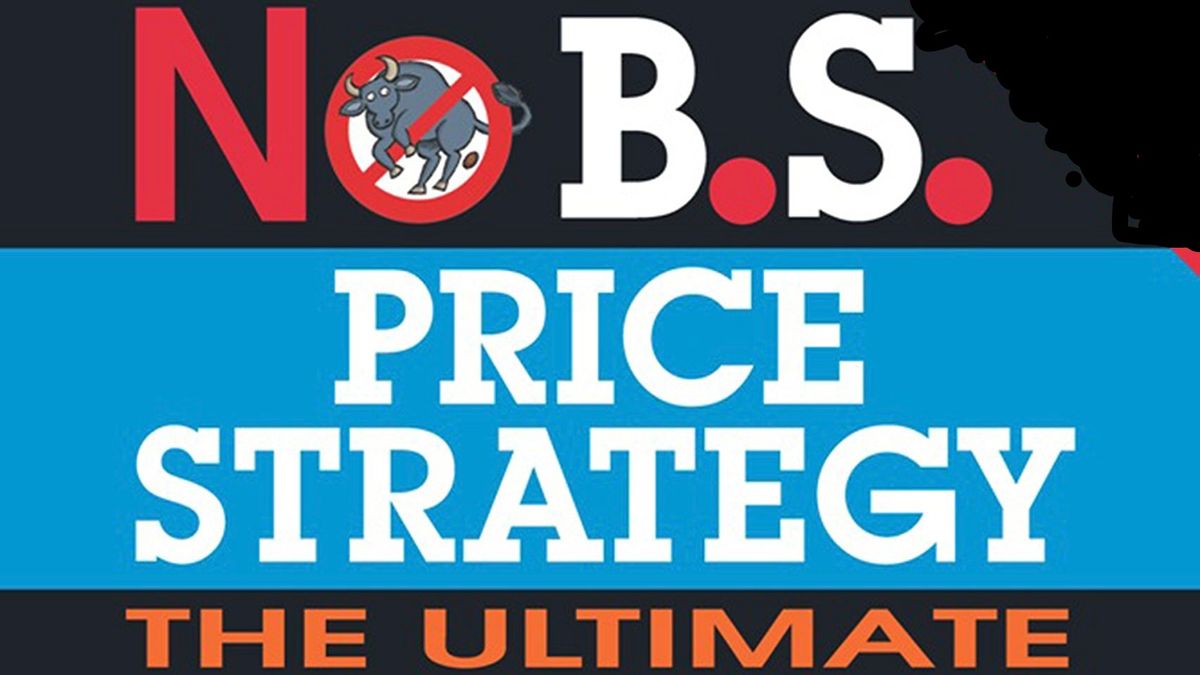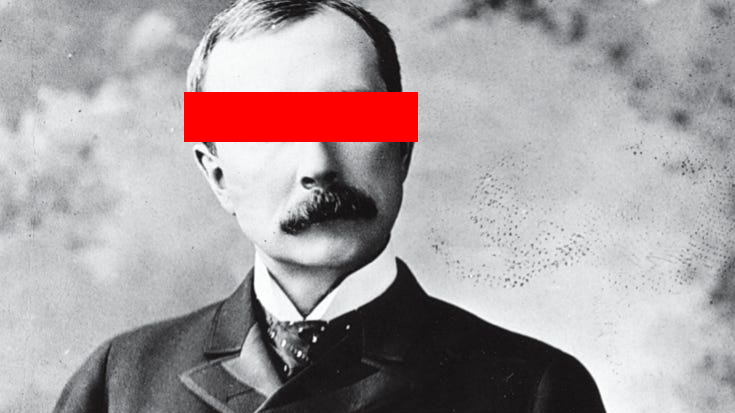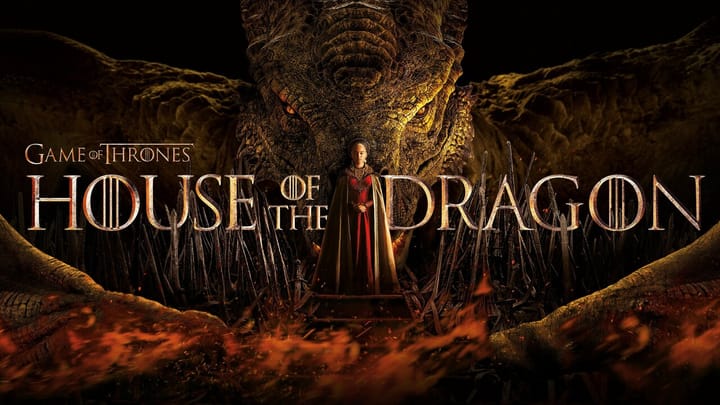No B.S. Price Strategy by Dan Kennedy Summary
An essential pricing guide for entrepreneurs.

Key Takeaways
- Charge a high price.
- Benefits of a high price: high-end framing, better customers, better employees, and profit.
- High price allows you to serve and satisfy customers—which affects retention, repeat business frequency, and referrals; how well you can incentivize and compensate staff; and how well you can attract the best talent.
- You can make as much or more money serving fewer, better customers. — Dan Kennedy
- Dan said that he has helped more people in business by telling them to raise their prices than anything else he’s done from books to high-end consulting.
- Don’t do discounts.
- Don’t do free, unless it is used strategically to build an e-mail list.
- Never lower prices, only increase them, even in a recession.
- Make a unique offer—make an offer stack.
- Packaging, price, and celebrity are all forms of leverage. Make your packaging fun and appealing, make your price high, and get celebrities to endorse you.
- Offer premium price options.
- The affluent avoid bargains (and free) at all costs—they want good value, high quality, and no hassles. They want it to be reassuringly expensive.
- The million dollar secret here, summarized, is that every "free" has concealed costs, and when those costs are revealed to a market, there are many customers unwilling to incur the costs of free and profoundly prefer paying for the goods or services they want.
- The best price strategy of all is creating visibly excess demand—in our case, a very busy, thriving practice, often with a waiting list. (High-value framing.)
- The bargain of a cheap price and securing of a big discount may satisfy a customer momentarily, but only real value, quality, and service can retain that customer.
- Triangle of Preeminence: unique expertise and excellence in patient/customer service; extraordinarily effective, high-visibility marketing; and generosity in community service and involvement (for brick and mortar).
- You want a state-of-the-art facility, first-class environment, and personable, caring, well-educated staff.
- Only businesses at the forefront of new technology should try to decrease prices. All other businesses should increase prices and reinvest that money back into the business (to make better products and services and hire better employees).
- Different people buy the same product or service at different prices because of who they are, rather than what the product is. The affluent will pay more than an average person for the same product.
- Charge more, rather than less, in the beginning, when the client is excited. This increases retention because when you lower the price later, it will seem like a comparatively good deal.
- Make a customer list. Then apply probabilities on which ones will stay and which are going to leave. Narrow down on who your best customer is so that you can target them better.
- To charge more, you need to be unique and better in some way. Have one or more of the 5 Propositions: 1. Unique Selling Proposition (USP) 2. Unique Value Proposition (UVP) 3. Irresistible Offer 4. Unique Safety Proposition (USP) 5. Unique Experience Proposition (UEP). (More on this in Chapter 13.)
- For USP ideas, read Kennedy’s book, The Ultimate Marketing Plan. Or Alex Hormozi’s $100 Million Offers.
- Your sales letter copywriting is where you outline why your offer is better than the others. It is an explanation of why price doesn’t matter. Why you’re not a commodity. People want to spend more money on quality if you can explain why your business is quality.
- Put simply, niches are occupational and vocational; subcultures are by interest, belief, activity. So, insurance salespeople a niche, deer hunters a subculture.
- People will pay more for a product or service made and marketed specifically for their niche, subniche, culture, or subculture. Ex) A course on time management may be worth $50, but a course on time management for fortune 500 COOs could be worth $5000.
- Find a niche or subculture with deep roots. Market specifically to them. Charge a ridiculously high price.
- When selling products, make different versions to target different niches—even if the product itself is the same. Dan gives the example of a stamina supplement for horses. He would sell 2 versions of it, one for thoroughbred and one for standardbred horses. You get the benefits of niching down while serving a larger market.
- Targeting a niche is a USP.
- For physical stores: You can always charge higher prices in more affluent communities.
- The easiest way to justify a higher price is to move from generic or mainstream to niche or subculture.
- A lot of emphasis is put on product, proposition, and price, and rightfully so, but never lose sight of how important the prospect's perception of the seller is-of the seller's expertise, status, authority, etc. Two different merchants can present exactly the same proposition to the same prospect, and one be met with enormous resistance (and price resistance) and the other met with unquestioning acceptance. (Framing matters.)
- Jordan McCauley is an expert in connecting entrepreneurs and marketers with celebrities. Read his book Celebrity Leverage.
- For brick and mortar businesses, location is a niche. As long as you’re selling something that can’t be sold online. Daycare, for instance, needs to be right near a parent’s house and it can’t be scaled, so each 7 mile radius is its own monopoly. But if you’re selling shoes, you will easily be beaten by online marketplaces and big retail stores with bigger selections.
- Great marketing, extraordinary salesmanship, even a truly extraordinary product cannot-CANNOT-overcome bad economics. To improve economics, charge more. If you can't charge more, change industries and make a new business.
- Your margins determine how you can market. If you have low margins, you can barely market. If you have huge margins, you can use better marketing platforms. You can even pay celebrities and influencers to endorse you or become affiliate marketers.
- “Most entities that go broke do so during a period of increases in sales volume. This statement shocks most people because everyone believes businesses fail as a result of lack of sales. However, business is not a game of volume; business is always a game of margin.” Don’t necessarily increase scale, increase profit margin.
- You need to increase prices to keep up with inflation.
- The skimming price strategy: Charge as much as you can say out loud without cracking a smile. For this strategy to work, price cannot be their primary concern. The customer must be concerned with some other form of value. It can be exclusivity, quality, or something else, but it has to exist. This applies to my healthcare business and its clients. evidenced by its prices being a substantial premium over the typical competitor. Very rarely do we get price shoppers. When we do they grab their chest and gasp for air when they hear our prices. We do our best to keep them away, and to attract only those for whom price is not a concern. Our internal philosophy is that we'd rather provide the best therapy possible than provide the most therapy possible.
- Sequential skimming price strategy: Just like skimming, this method starts with skimming cream off the top. The difference is that once demand dips because the top has been skimmed, so does the price. It drops down a level in order to stimulate more demand. It stays at that level until demand drops off and then the price will be reduced to increase demand for the next lower level of buyers. This goes on until the demand for the offering is exhausted. Instead of actually lowering the price, start a lower-tier option. This is what Tesla did—they made the Model S and then the cheaper Model 3.
- You want your business reputation to be: “Expensive but worth it.”
- For some strange reason, more people will pay $9.99 than will pay $10.00. It is totally irrational but testing continues to prove it true. But it is not universally true. There are, of course, real psychological barriers in prices such as $20.00, $50.00, $1 00.00, and $500.00. So the idea of staying just below them has long proven to be a successful strategy in pricing. This all varies from business to business. I tend to use round numbers in my healthcare business. In my experience with that business and market, zeros work great. Of course, we attract a very high-end market. My personal theory is that the odd numbers are seen as nickel-and-diming. I don't know the reason. I just know that it works well in that business at this point in time.
- The entrepreneur's responsibility is this: maximum profit and wealth to his shareholders. If you're the sole shareholder, that's you. Then your responsibility is just to play fair, not lie, cheat, or steal. Integrity for the entrepreneur is optimizing sales and profits and value in the business he captains.
- Fire any employee who undermines your price strategy. (Giving discounts or free gifts.)



Comments ()